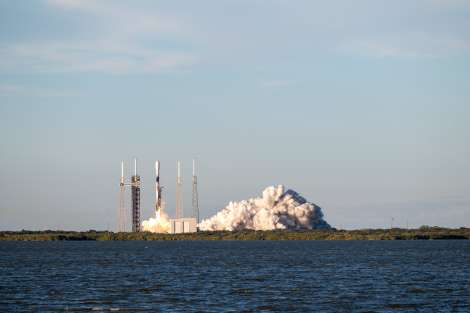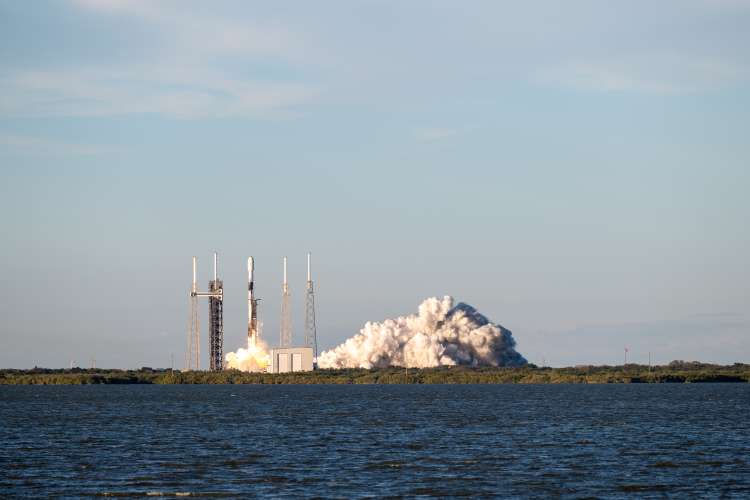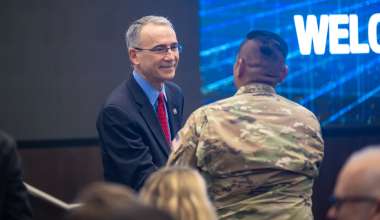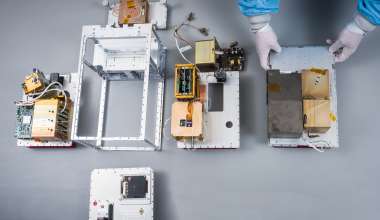A SpaceX Falcon 9 rocket successfully launched at 5:30 p.m. ET from Launch Complex 40 at Cape Canaveral Space Force Station, Florida as part of the USSF-124 mission, to deliver six satellites into orbit under the National Security Space Launch Program (NSSL). This was the 11th launch for SpaceX under the NSSL program and the last of the Space Development Agency’s (SDA) Tranche 0 satellites scheduled for launch.
As with prior NSSL missions, The Aerospace Corporation ensured mission success by providing independent and objective assessments in support of the USSF, continuing the NSSL program’s two-decade-long legacy of 100 percent mission success. A notable item for this mission was Aerospace’s utilization of a new object-oriented modeling process and a python-based approach to reduce analytical timelines to meet the tight integration schedule for the initial ILC.

“I am extremely proud of the entire team for their ingenuity and unprecedented responsiveness enabling the integration of the SDAs space vehicles within five months of launch,” said Akhil Gujral, General Manager of the Launch Systems Division at Aerospace.
Equally remarkable was the quick turnaround by the Aerospace team at the STARS Telemetry Data Reduction Center to support an increased launch tempo to record and process data from two other launches planned concurrently within a span of less than eight hours from both coasts.
“This enabled optimal flexibility for the USSF-124 mission, the USSF, and our mission partners,” said Ivor Bulathsinghala, Principal Director at Aerospace.
According to SDA, the payload of USSF-124 includes six separate satellites with varying missile detection capabilities. The payload necessitated a coordination between SDA and the Missile Defense Agency (MDA) as well as with Space Systems Command (SSC).
“We’re proud to support both the MDA and SDA with this co-manifested National Security Space launch,” said U.S. Space Force Col. Jim Horne, senior materiel leader for SSC’s Launch Execution Delta. “We worked side-by-side with our launch service provider and space vehicle partners to achieve the mission on-time and with precision. Today’s mission supports our global warfighters and people across the globe in every facet of life."
Four of the satellites, which were produced for SDA, are considered Wide-Field-of-View (WFOV) missile tracking satellites for SDA’s Tranche 0 constellation. The other two satellites launched were Hypersonic and Ballistic Tracking Space Sensor (HBTSS) satellites produced for MDA. Launching these two types of satellites in nearly the same orbital plane allows more information to be gathered on the same targets. USSF-124 ensured these satellites were in the correct position to collect necessary data for future PWSA satellites in Tranche 1.
The missile defense capabilities demonstrated by USSF-124 will inform future Aerospace supported missions. The next Aerospace supported NSSL mission is USSF-108 slated for March 2024.






